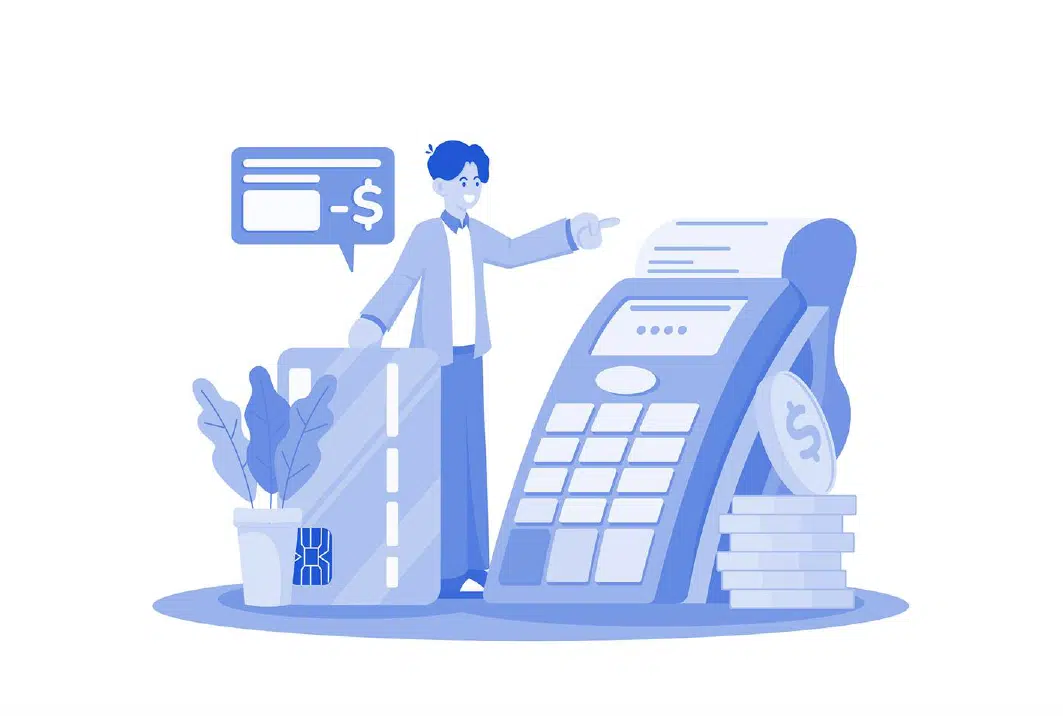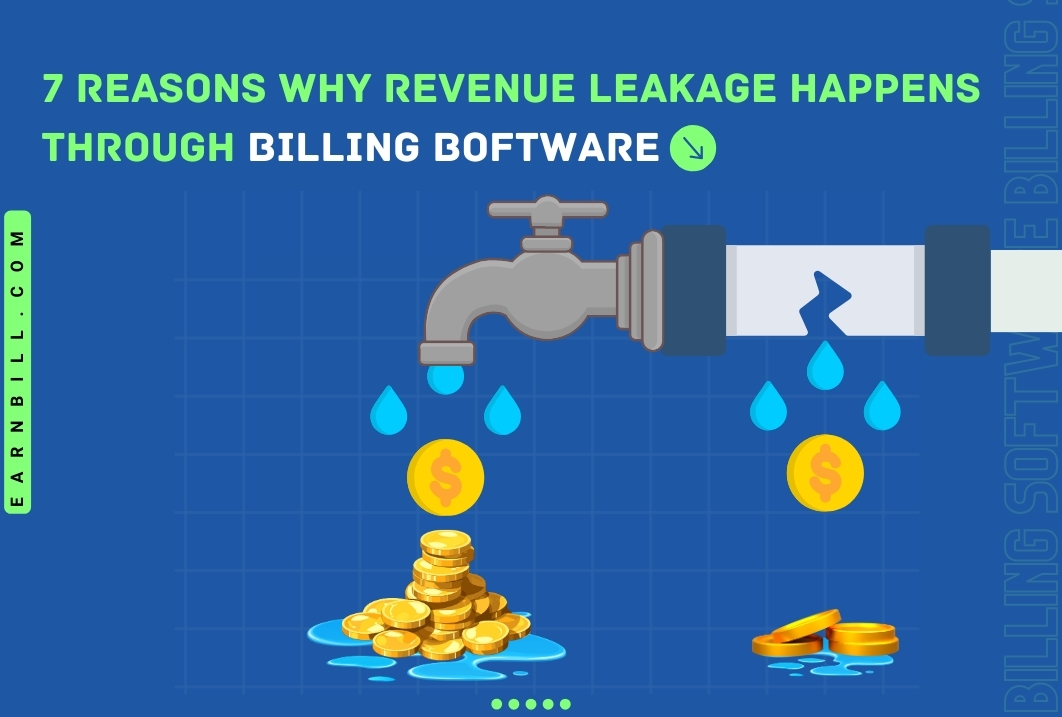In telecom billing, even in the most well implemented systems, revenue leakage is a morbid reality.
Prior to understanding a strategy to prevent revenue leakage through billing software, it is important to understand the 7 reasons why revenue leakage happens through billing software.
How to prevent revenue leakage in telecom billing?
The first and most common option for the telecom companies is to consider implementing a system called ‘Revenue Assurance System’ or RAS. Essentially, a Revenue Assurance System is a software system that validates and verifies all the rating and charging done by the primary Billing and Revenue Management System for the Telecom Company.
The way a Revenue Assurance Systems works is quite interesting. In some cases, it literally duplicates all the work done by the primary Billing and Revenue Management System and finds out its own charges and generates the final invoice amounts. However, these invoices are not meant to be sent to the end customers. Once the RAS does its own rating and generates its own invoices, the invoices are matched one for one, with the primary Billing System. The differences between invoices on both sides are noted and reconciled, allowing corrections to be made in the primary billing system before impacting the customers.
Although a Revenue Assurance System RAS sounds interesting and promising, it has a couple of major disadvantages
- Overhead on Operation: It is almost like you have another billing system that literally does the same work as the primary billing system. For example, for calculation of usage charges the RAS processes all the CDRs already processed by the primary billing system. Once all the processing is done, the reconciliation requires some complex manual review and handling by experienced billing administrators. This leads to additional operational steps to be taken care before sending out the bills from the primary billing system.
- Cost: Such systems not only represent a high initial cost for licensing and commissioning, but also an implementation cost and an ongoing support and operational cost. Running such a complex system requires skilled resources which increases the overall cost of billing operations.
Are there any other, simpler options to prevent revenue leakage in telecom billing?
Enter EarnBill. EarnBill – an enterprise level billing and revenue management solution with built-in Revenue Assurance capabilities! EarnBill is a BRM System that guarantees 99.99 % revenue assurance. EarnBill keeps it simple but smart. This smart approach to fixing revenue leakage is quite different from the implementation of a completely new Revenue Assurance System.
What if, Billing and Revenue Management – BRM System comes with an in-built set of operation reports, rating and charging verification plugins and revenue reports that help billing administrators to easily catch and fix any revenue leakage? We have developed such BRM System with these smaller, simpler solutions in a cost effective way with each of its successful implementations. This means finding and fixing revenue leakage has become a lot simpler. As a billing administrator, just configure certain plugins and reports and that’s it.
The BRM system should execute these reports and verification plugins to verify rating and charging of calls, plan fees, penalties, credits, late payment fees, quotas and more. The plugins and reports can be customized to allow verification of additional charging rules and pricing strategies. This ensures that the billing or charging related issues are found before the invoices are sent to the end customers.
BRM system uses the monitoring and alerting software plugins to configure rules based on various custom use cases. The monitoring plugins keep track of use cases and when they see an erroneous charging, they raise alerts or notifications so that a billing administrator can look into the problem.
Also, having customizable reports and plugins for Revenue Assurance helps you to add your own checks and verification rules. This verification is non-intrusive. It is implemented in a way that it does not affect the work of the billing system. The customization can be done very easily with minimal code changes and in some cases configuration changes will suffice.
There are two advantages of this approach to prevent revenue leakage.
First and foremost is the cost. A Revenue Assurance System adds to your annual recurring costs, whereas if you apply the above solution it allows you to use the in-built revenue assurance solutions without any additional cost.
Second, you completely avoid implementing and supporting an additional software system. You do not need to manage an additional vendor relationship and no additional tracking of any bugs coming from the Revenue Assurance system itself! You also avoid training issues and building up additional expertise into another system.
Fixing revenue leakage in telecom billing has never been so easy! Consider EarnBill as your primary BRM system which comes along with RAS ‘Revenue Assurance’ as a built-in feature. Your billing department can just use EarnBill and enable its Revenue Assurance features!
Before EarnBill, our clients used to spend days finding and fixing such revenue loss issues. Now they just configure a report, and the relevant affected records are in front of them!
Additionally, EarnBill has several other features for automating workflows.
More Blogs

Are you looking for new ways to automate your telecom billing process in 2024?
Automate your telecom billing process in two parts. Firstly, schedule jobs that can trigger serially so that there is no manual tracking required.
Read More…

EarnBill’s New Automated Payment Collection and Reconciliation module ....
The businesses like SaaS, IaaS, OTT & IoT are businesses that offer subscriptions and all requiring Automated Payment Collection & Reconciliation
Read More…

7 Critical Reasons Why Revenue Leakage Happens Through Billing Software
Revenue leakage can occur when billing software makes incorrect or inaccurate calculations. The system may have bugs or design limitations.
Read More…

